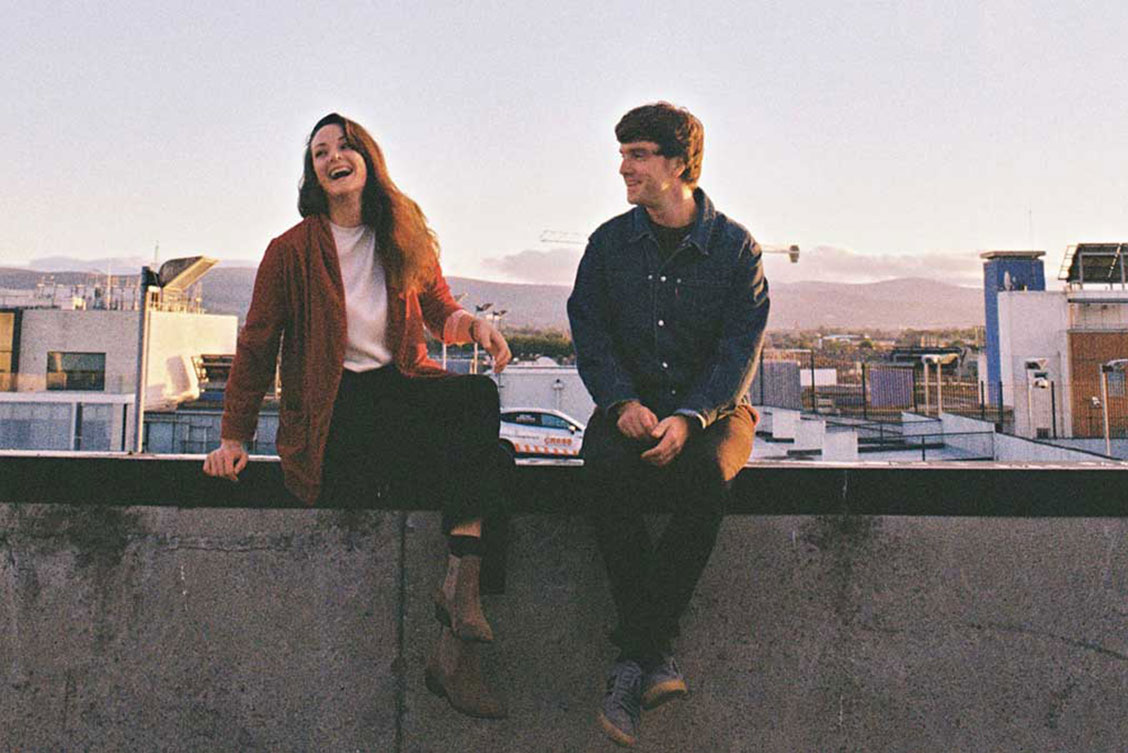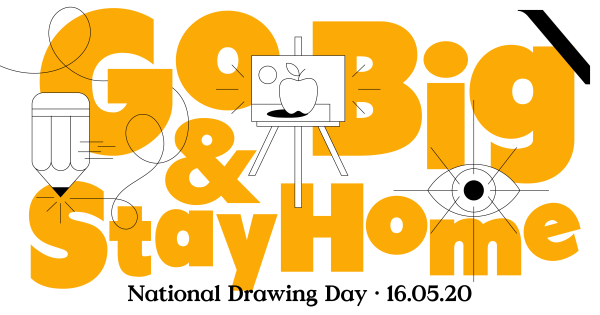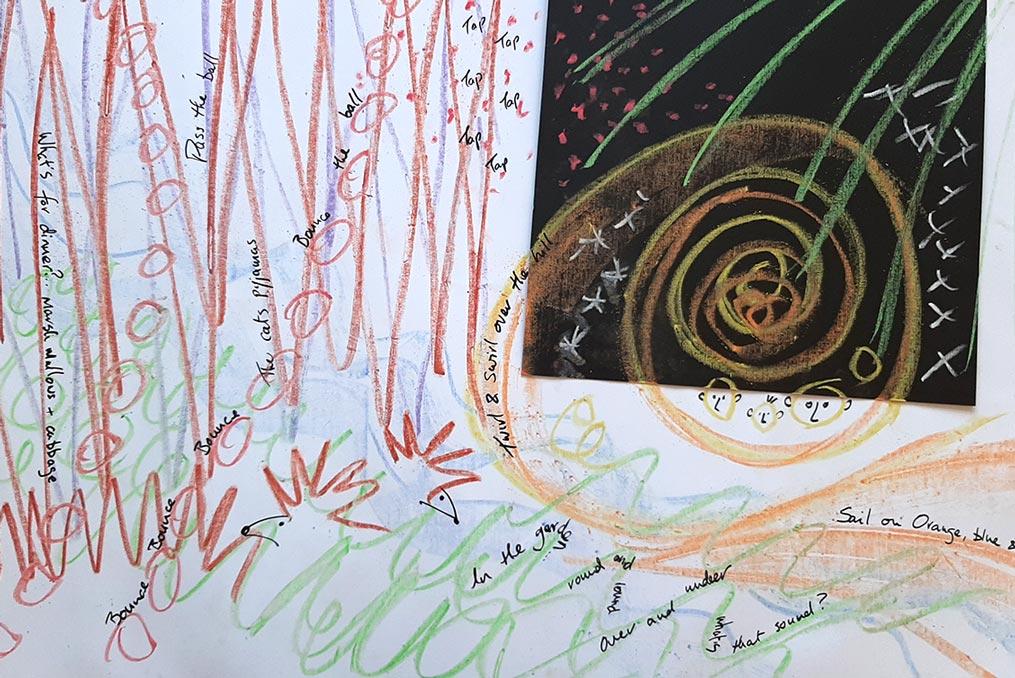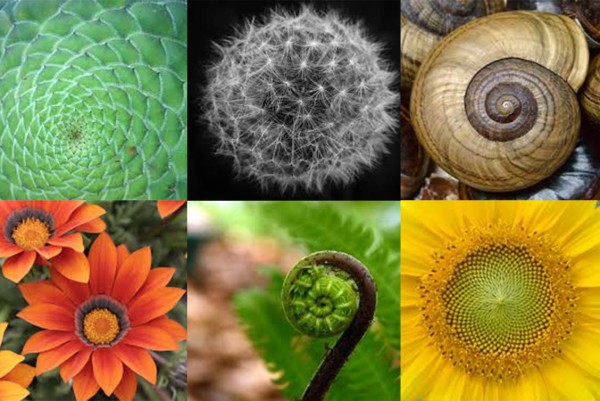Tell us a little bit about yourself and what you do:
We are a band called Perlee. We are from Navan, Co. Meath but we live in Berlin, Germany now.
What area of the arts do you work in?
We are musicians and songwriters. Our music is described as Dream Pop (a type of music where the listener is immersed or absorbed in the musical experience) or Slowcore (downbeat melodies, slow tempos)
How long have you been working in this area of the arts?
We have both been playing instruments and singing since we were in primary school. We started playing in bands and song writing when we were about 14. Saramai played classical piano up to grade 8 and took classical singing lessons. Cormac had some guitar classes but was mostly self-taught and developed his own style from learning songs he loved and playing gigs.
What materials or instruments do you use to create your music?
Cormac plays electric and acoustic guitar. He uses a lot of guitar pedals to affect the sound of his electric guitars. Saramai plays piano and other keyboard synthesisers that have many different types of sounds but are played like a piano. We both sing and love to use harmony when we sing together.
What or who inspires you?
Inspiration can come from anywhere really. It can be a book we are reading, a film we watched, a gig or concert we have attended or something somebody says in a conversation. Also, we take huge inspiration from the natural world. And of course, if something happens to us in our personal lives, or in the news, good or bad, this can form the inspiration for a song.
How do you start a new piece/body of work or how do you explore a new theme?
a) Picking a theme – carrying a notebook or using your phone to store ideas is really important for us. We collect little ideas or thoughts and usually a few of these small ideas are the beginning of a song. Sometimes we do not know what the theme is until we explore it more. It might be a few words that go together, a short melody, or an image that is the starting point for a song.
b) Research – because we are trying to make something new, we try not to write a song exactly like something else we have heard. That said, listening to lots of music, reading books, learning about musicians you like is all really important for informing your own art. Also, it helps you learn how to create a sound you like or to understand how a certain feeling was created.
c) Documentation – We work on an idea and make recordings on our phones. We write more lyric ideas in notebooks and flesh out the initial 'spark' or idea into something a bit longer. Most of what we write and play at the early stages does not make the final song. We just try different things, even silly ideas to explore the options. It is really important for us at this stage not to judge anything too harshly. Otherwise you would never get anywhere! As the song takes more shape and we have a chord structure, a verse melody, a chorus melody and lyrics then we start to make a 'demo' recording. This 'demo' is a 'work in progress'. It helps us better hear what we are doing. Then we might try different approaches and 'demo' a new version then.
d) Collaboration – Once we feel the song is capturing that idea or feeling we wanted then we record it. We go to a recording studio where there is an engineer or producer to help with the recording part and we can focus on playing our instruments and singing. Often, we layer up more parts in our own studio or ask other musicians to contribute a part and we add this in. We often collaborate with drummers and bass players. Collaboration is exciting as other people have different ways of seeing things. On a band level we collaborate in terms of our song writing and in developing our sound.
Do you have any advice for those reading this?
We have spent a long time experimenting with our sound and this time has been really important for us as a band. Always have a notebook or some way of writing down or recording an idea that you have. Usually just before you fall asleep you will have a great idea! Do not be critical of your work when you are at the beginning of the creative process. Wait until you have something finished before you think, 'How can I make this better?' Discover art and artists that you like and find out how they make their art. Trust your gut and your own taste.




